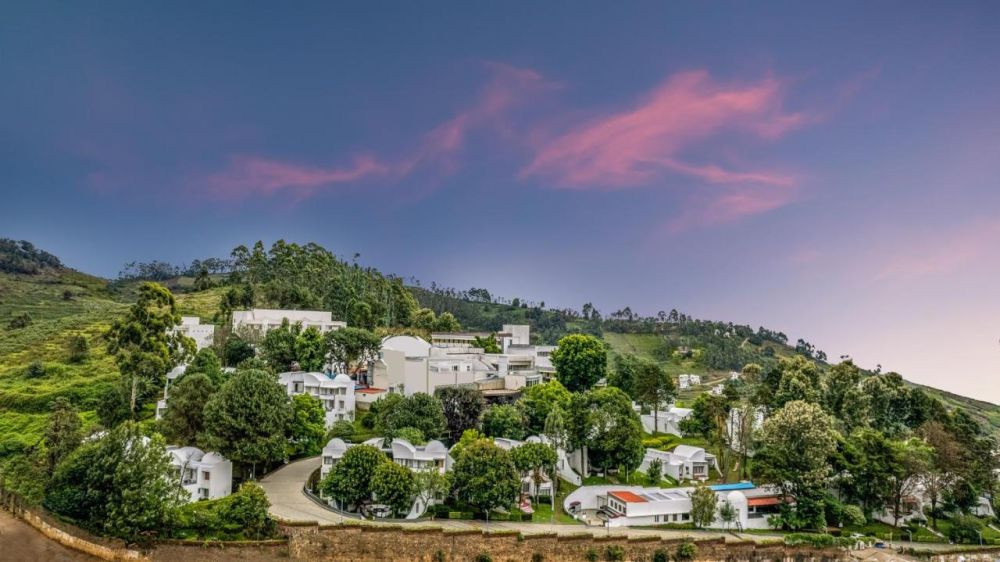

The quaint hill station of Kodaikanal, located in the southern Indian state of Tamil Nadu, has a rich history intertwined with the development of tourism in the region. Known for its enchanting beauty, serene lakes, and verdant forests, Kodaikanal's journey as a tourist destination dates back to the 19th century.
In the early 1820s, British surveyors stumbled upon the plateau of Kodaikanal while searching for a refuge from the high temperatures and tropical diseases of the plains. Enthralled by its moderate climate and natural splendor, British and American missionaries soon started establishing their settlements in the region. By the 1840s, they began constructing bungalows and churches, paving the way for Kodaikanal to become a popular summer retreat among the British officials and the elite.
The establishment of the Kodaikanal Lake in 1863 by Sir Vere Henry Levinge, the then Collector of Madurai, marked a significant milestone in shaping Kodaikanal as a tourist spot. The creation of this man-made lake offered a place for leisure and recreation, which began attracting more visitors. With the construction of the railhead at Kodai Road in 1875, accessibility to Kodaikanal improved significantly, further boosting tourism.
Following India's independence in 1947, Kodaikanal saw a new era of development. The local tourism industry began to thrive as the hill station became popular among Indian tourists. Hotels, resorts, and other tourist facilities started to spring up, accommodating an ever-increasing number of visitors who came to enjoy the tranquility and natural beauty of Kodaikanal.
In recent decades, Kodaikanal has undergone significant changes with improvements in infrastructure and services geared towards the growing tourism sector. The town's economy now largely depends on tourism, with a wide range of establishments catering to the diverse needs of travelers. From luxury accommodations and organic cafes to adventure sports providers and cultural tour operators, Kodaikanal offers a comprehensive tourist experience that blends nature, culture, and relaxation.
Eco-Tourism: Today, one of the most pronounced trends in Kodaikanal tourism is the emphasis on eco-tourism. Visitors are increasingly seeking sustainable travel options, looking for ways to minimize their environmental impact while exploring the natural beauty of the region.
Adventure Tourism: There's also been a rise in adventure tourism, with trekking, cycling and outdoor camping becoming quite popular among the younger demographic seeking an active holiday experience.
Experiential and Cultural Tourism: Furthermore, there's a growing demand for experiential and cultural tourism, where travelers look to immerse themselves in the local culture and lifestyle. Activities such as participating in local festivals, trying out regional cuisines, and learning about the history and traditions of Kodaikanal are of particular interest.
Wellness Tourism: With its serene landscape and cool climate, Kodaikanal is also becoming a destination for wellness tourism. Tourists from around the world are drawn to its yoga retreats, meditation centers, and Ayurvedic spas, looking to rejuvenate their mind, body, and spirit.
Digital Detox: In the age of constant connectivity, Kodaikanal offers a perfect retreat for a digital detox. Many visitors are now opting for accommodations that promote disconnection from digital devices to fully embrace the peaceful surroundings.
Kodaikanal's enduring appeal as a tourist destination can be attributed to its natural beauty and the way it has adapted to changing trends while preserving its ecological integrity and cultural heritage. Its tourism history is a testament to its ability to enchant visitors year after year, transforming it into a timeless getaway in the heart of Tamil Nadu.